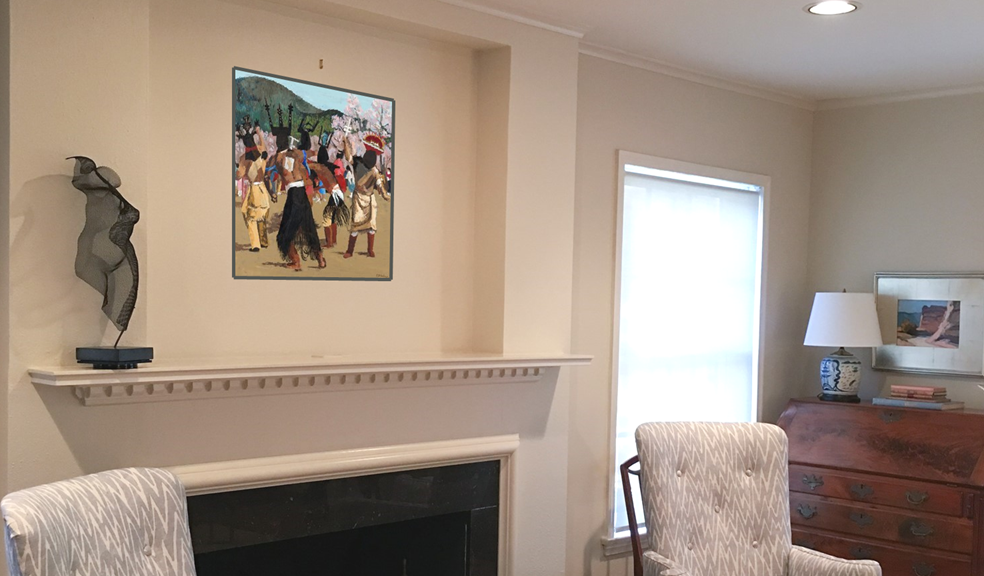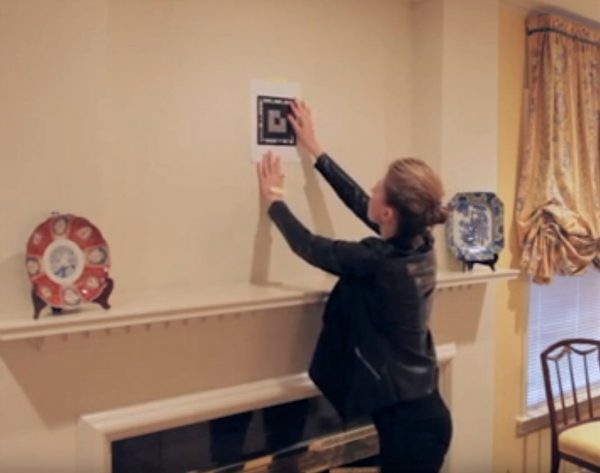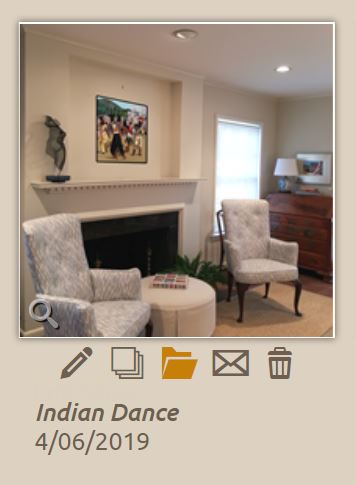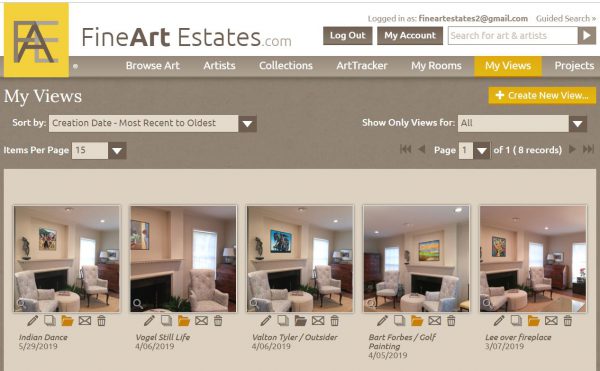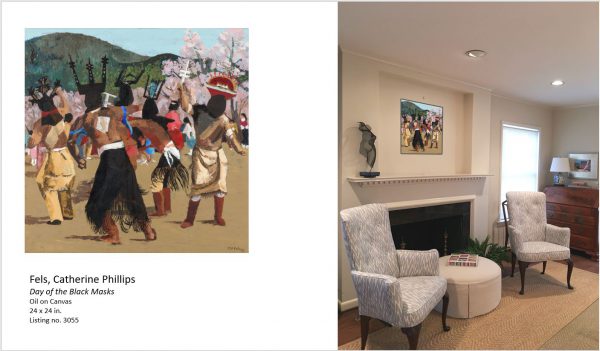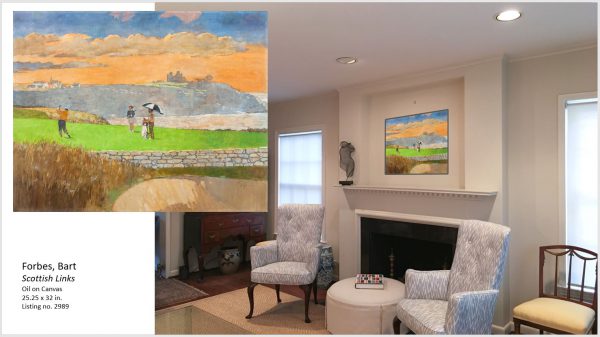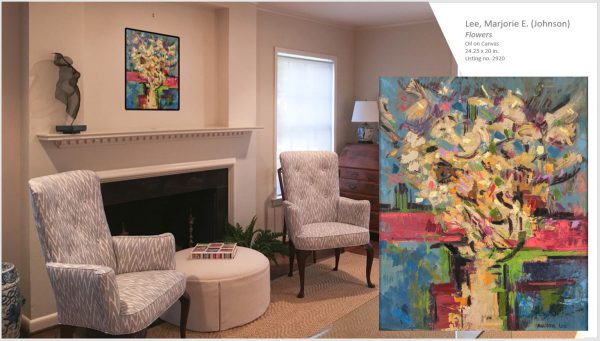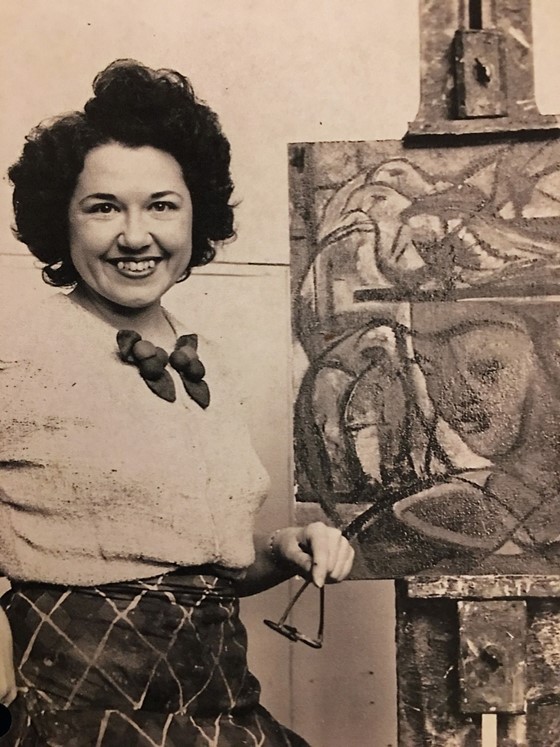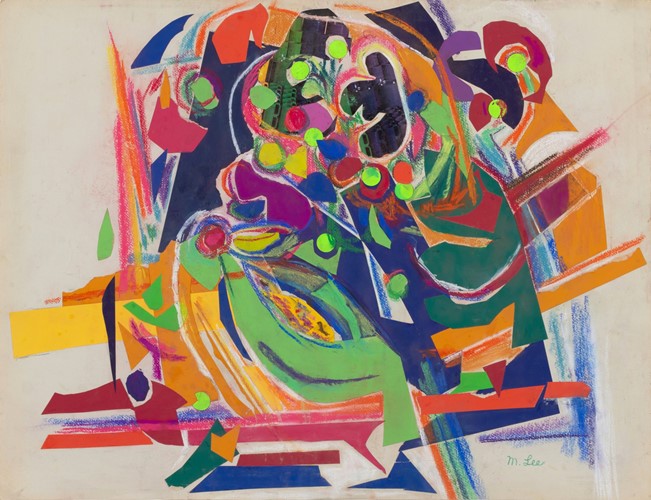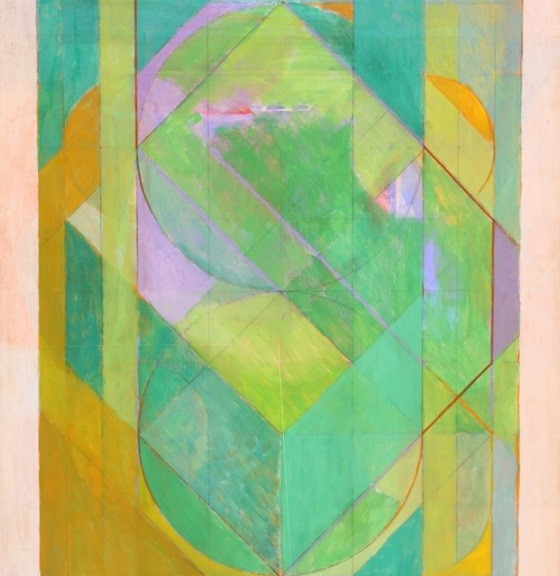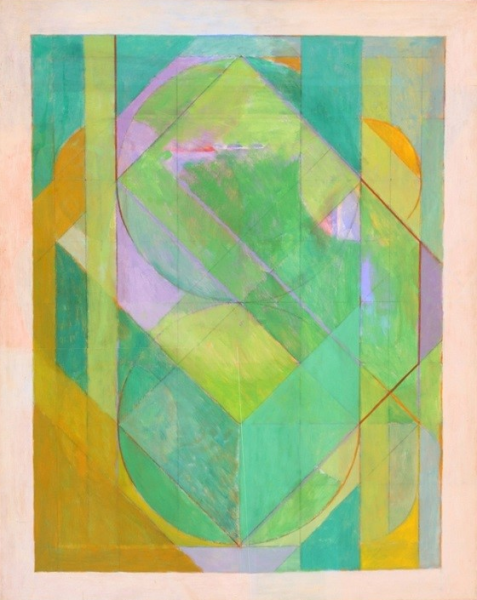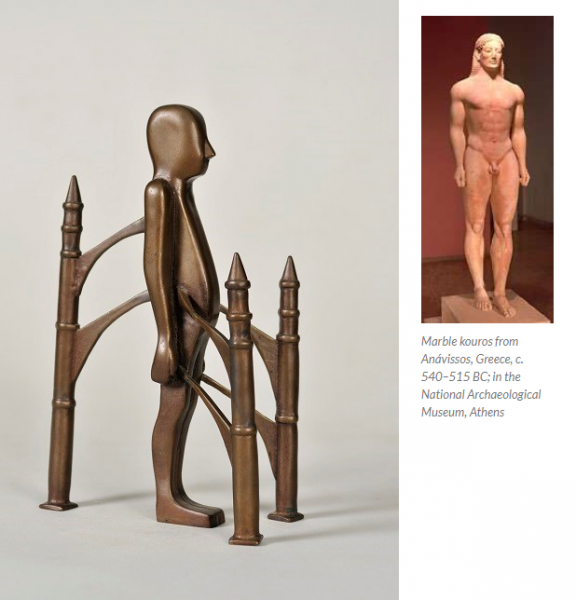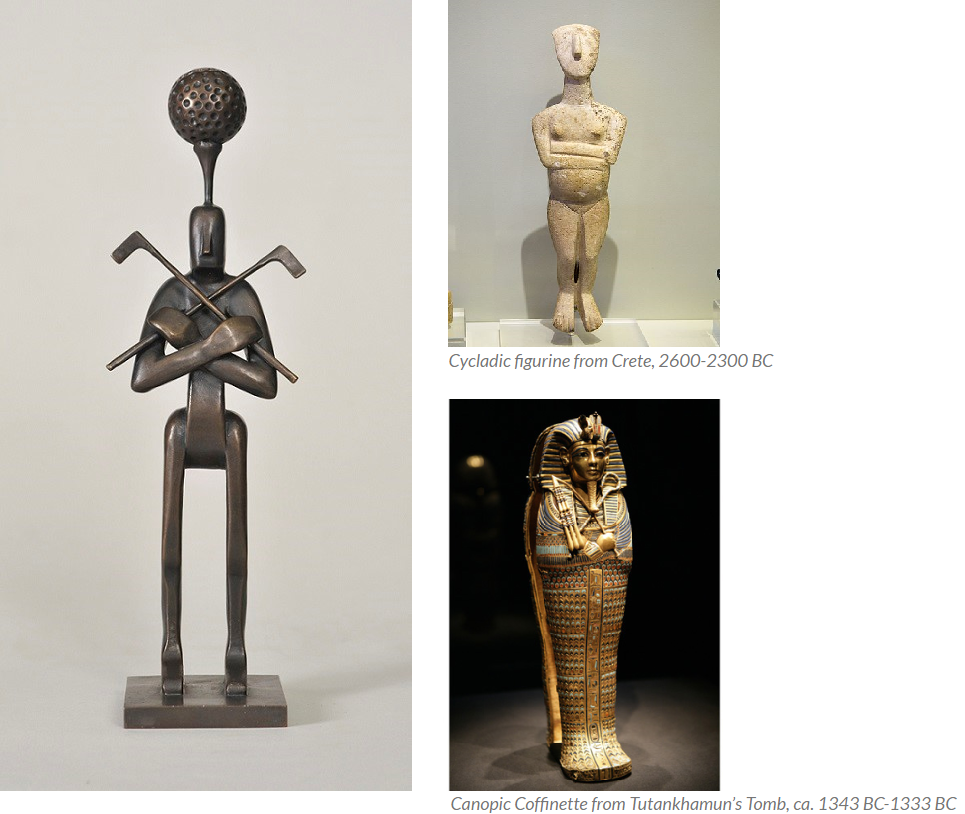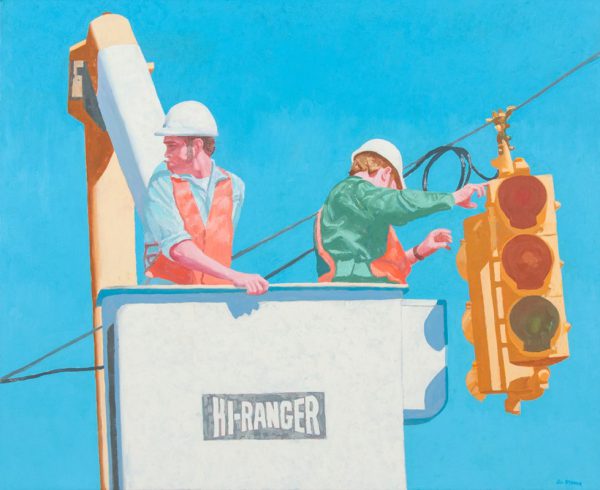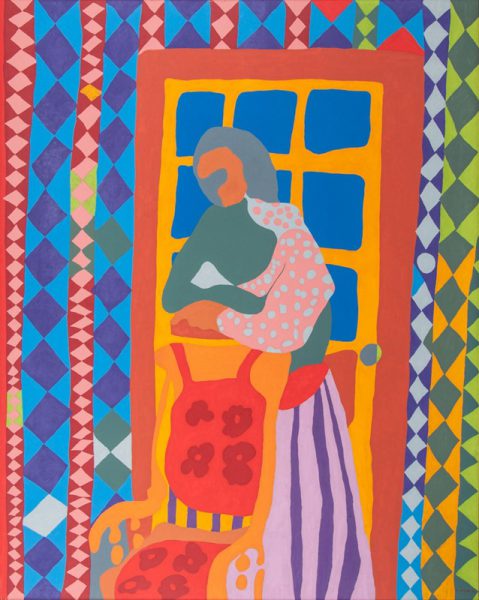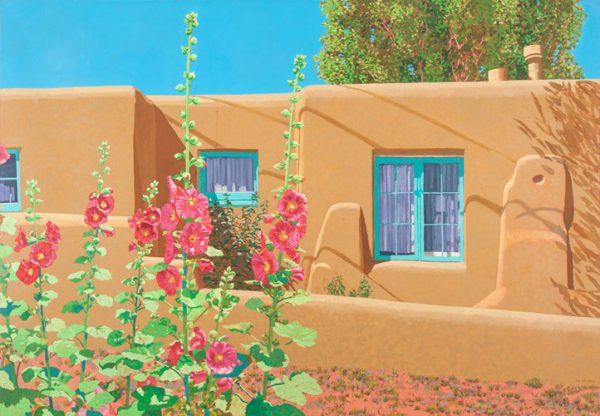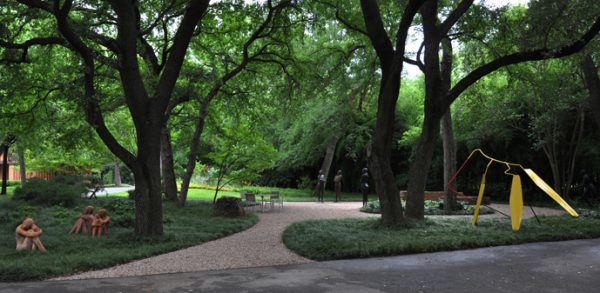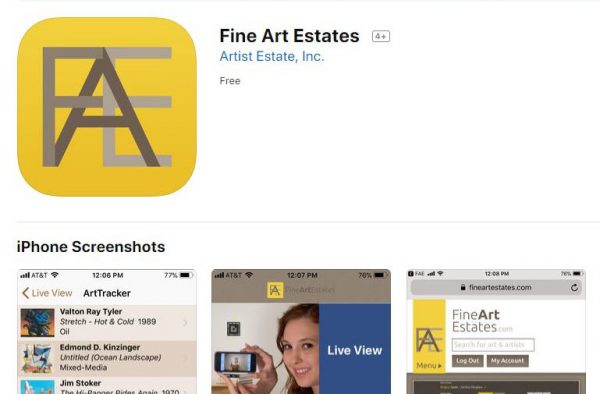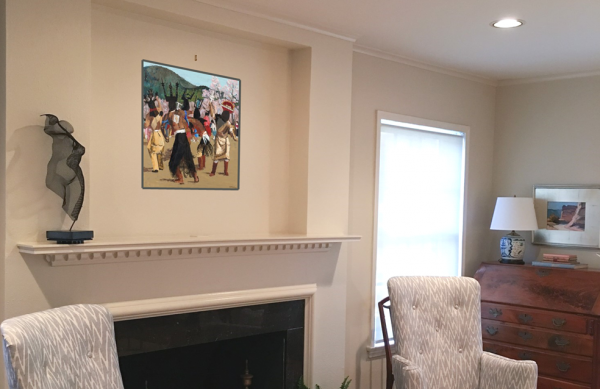One of the most common questions asked by new clients when they purchase a find print from me is “What does that fraction mean on a fine print?” They are referring to the fraction, often written in pencil, most commonly found at the lower-left bottom edge of the image or platemark. I have written three short essays to hopefully bring a little clarity to the subject. I have also provided a link to a glossary of terms related to the editioning of fine prints.
Part 1:
An overview of the things that you may find helpful to know regarding the modern editioning for fine prints and what the fraction, found in the margin under the image, actually refers to.
Part 2 :
A short case study regarding the editioning of a series of old master prints by Albrecht Dürer (German, 1471 – 1528) called the Apocalypse.
Part 3:
An overview of what I found when I was trying to determine what fine print publisher or which artist was the first to use a fraction to describe the print number and the edition size that is now the universal format. I cannot say I found the first, but I did find an 1895 reference point that will be a benchmark to beat in the future.
Part 4:
A link to a glossary of terms related to types of proofs and related nomenclature. You are welcome to download this Word file and keep it as a reference.
Note: In conveying the information below, you will see that I have qualified almost every example I have used related to editions or a fraction’s numerator and denominator. This is because in every case described below, in the 40+ years I have been dealing with fine prints I have personally run across exceptions, but they are rare.
Part 1: Numbering and Edition Overview:
After a number of prints have been produced by or for an artist, it is a standard practice to use a fraction to identify both an individual print and the number of like prints the artist has declared that will then constitute an “edition.” With few exceptions, this fraction is written in pencil beneath a print’s image at the lower left or lower center margin by either the artist or the publisher. There are several misconceptions as to what the numerator and denominator of this fraction mean related to the edition of fine prints and I hope the following information is helpful when looking for fine prints for your clients.
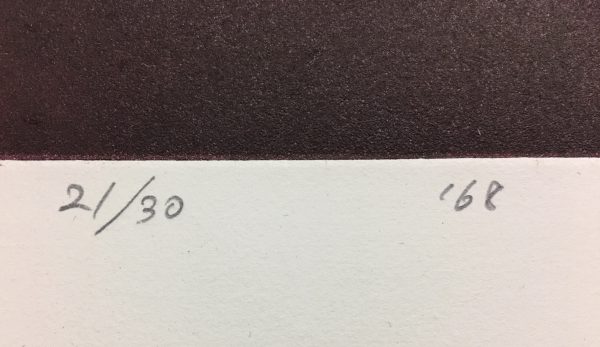
The Numerator:
Because written definitions of what the numerator represents are often imprecise and ambiguous, they can easily lead someone to erroneously believe that the numerator indicates the sequence in which the prints of that edition were printed. (i.e. if the fraction written on an etching is 5/25, this would indicate that this print was the 5th print pulled off the plate in a total edition of 25.) In truth, this number does not relate to the print’s printing sequence but is only a cataloguing device, a way of identifying print 1 from print 2, etc. The odds of this print being the 5th one pulled from the plate is, for various reasons, more than 1 in 25.
It is most often the case that the earliest prints off a plate, stone, or block, depending on the technique used, are often considered by collectors and curators to be better and therefore more desirable impressions than those printed later. This is due to the wear and tear on the matrix from repetitive printing. What is almost in all cases not true is that the numerator of the fraction can tell you if a print was an early impression or not; only its superior quality compared to other impressions of the same print can do that.
The Denominator:
The Denominator of the fraction relates to the total size of the artist’s declared edition of like prints. The term “like” prints is important here as it means that the only thing that is different about each print when the edition is finalized is the numerator of the fraction. Everything else, the paper type and size, the inking of the matrix, and the way it is numbered and signed are all the same. It is important to remember that the denominator just indicates the size of the allowable edition, it in no way substantiates that editioning was completed after its size was declared. It is often only the print documentation from the press that produced it, the artists print log, or a well-researched catalogue raisonné that can enlighten one as to how many prints were actually printed of an edition.
It was popular, in the case of well-known artists like Joan Miró, to have their press print multiple editions from the same plate or stone. For instance, Miró would sometimes authorize a second edition on a different type of paper. So, you might see a print by Miró on Arches paper in an edition of 250 in one place and the same print on Japan paper in an edition of 100 somewhere else. Miró would sometimes authorize a special small edition of a print to be published that was in every way like another edition except that instead of numbering the edition in Arabic Numerals, it would instead be numbered with Roman Numerals. The takeaway here is that there may be more than one edition of a print. This usually does not occur unless the artist’s market is big enough to absorb multiple editions.
With most any known declared edition, there are additional like prints called “prints outside of the edition.” Conventionally, beyond the edition defined by the denominator, a certain number of prints will be printed that will be designated as Artist Proofs. They are like the edition in most every way except rather than being numbered with a fraction, the letters “A.P.,” (épreuve d’artiste in French) or a variation thereof, are written instead. The number of A.P.’s varies with how many the artist wants to have printed but it is rare that they exceed more than 10% of the total edition size of like prints.
Again, in the case of Miró and other printmakers who were well known in the latter part of the last century, another type of print designation was used initially in Europe to boost the number of prints outside of an edition. On occasion you will see prints, instead of being inscribed A.P., inscribed “H.C.,” (Hors de Commerce) or a variant, that means amusingly “not for sale.” Prints with this designation can be found occasionally on the market but they were originally intended to be gifted and not sold commercially.
There are other print edition designations that I will not go into here as the chances of running into them while looking for art for your clients is unlikely. Below is a quick history of editions as they relate to old master prints and to the earliest usages of the fraction to indicate edition size. If you find that you have a question about something on a print that you don’t understand, send us an email with an image and we will get right back to you.
Part 2: Old Master Prints:

Albrecht Dürer (German, 1471 – 1528) was one of the world’s most famous and important printmakers. He produced a series of fifteen large woodblock prints based on, and called, Apocalipsis cum Figuris, known today as the Apocalypse. Outside of proofs printed to test the image and those that were printed to sell or gift, in 1498 the fifteen prints that made up the series were printed with text, some in Latin and some in German on the verso of each image, and bound. Prints that appear on the market today from this edition of books are described as “from the 1498 edition.” This series brought Dürer great fame and notoriety. Because of the popularity of the series, it can be assumed that he continued to print individual proofs from the blocks until he published another bound edition of the Apocalypse in 1511. After that series, where individual prints are now known as “from the 1511 edition,” the woodblocks were printed as the market demanded until they had worn down to the point that they could no longer produce acceptable prints.

Before Dürer’s time and well into the 19th century, the number of prints off a plate, stone, or wooden block was determined by either demand or the condition of the matrix used that allowed acceptable prints to be created. Today, we would call that an “open edition” because the edition size was not declared by the artist. In the case of Dürer’s Apocalypse, there are two actual editions from the same woodblock of each of the 15 Apocalypse prints and many prints outside of a known edition. When dealing with old master and 19th century prints, date of printing, quality of impression, condition, and notoriety of the image are directly related to the print’s value. In the case of these specific Dürer images, as well as many other old master prints, editions and other proofs can often be dated by the paper it was printed on and the watermark it may bear.
Part 3: When the Numbering of Fine Prints Became Popular…
Most likely inspired by the rare book trade, consensus leans toward the idea that it was the fine print publishers in 1890’s France that started numbering the prints of the editions they published. One of the best known and most important printmakers during that time in Paris was Toulouse Lautrec who was a prodigiously active Lithographer from 1891 to 1900. By using the catalogue raisonné Toulouse-Lautrec: The Complete Prints by Wolfgang Wittrock as a reference, a window is opened into the innovations and practices regarding print numbering and editioning during this period. Here are my takeaways:
• Lautrec signed a small number of his prints but although many of his prints are numbered, it is believed that he did not do this himself; they were most likely numbered by the publisher. In many cases, just under half or just over half of the prints were numbered. The number system most often looked like “No: X” and written in pen or pencil. In some cases, stamps were used to number the prints. It is not clear why only half of an edition was numbered as it creates a very ineffective inventory system. *1
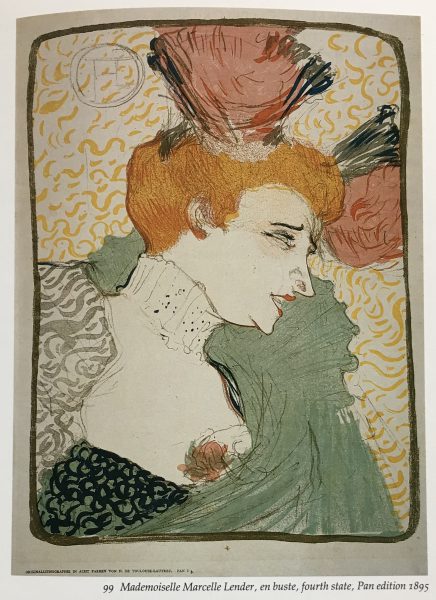
• The states (prints that show developmental changes) and edition sizes of most of Lautrec’s prints are known but the edition size was rarely indicated on an individual print. In reviewing all the print entries in Wittrock’s book, there are only five times that a fraction was used to indicate both the prints assigned number and the number of prints in the edition. The first time a fraction was used on a Lautrec print was 1895 on half of the Pan French Edition of 100 prints of Mademoiselle Marcelle Lender, en buste, (Wittrock 99.)
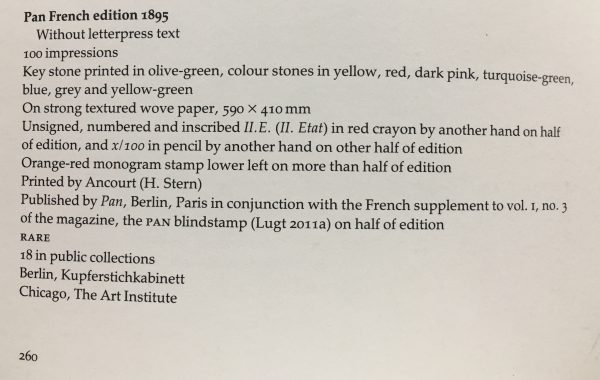
*1 – Today, fine art presses will often publish artists’ prints by offering them studio space, possibly room and board while they are working, and then printing an edition of what the artist produces in exchange for a percentage of the edition. This way a press will have an inventory of prints by artists they respect, and the artist keeps the rest of the edition. It is known that most all of Lautrec’s prints were sponsored by the publisher and very few print editions were paid for by him. This may account for the fact that often, only about half of his prints’ editions were numbered by the press.
Part 4: A Glossary of Terms Related to Types of Proofs and Related Nomenclature
Back in 1989, a colleague named Frederick McElroy, who had a masters in printmaking, and I decided that we would create an exhibition that focused on both the connoisseurship and technical aspects of Intaglio printmaking. One of the dealers we work with in Austin Texas who owns Flatbed Press suggested that this glossary would be a good addendum to the article above.
You are welcome to download the glossary as a word file by clicking Here. You are welcome to print yourself a copy for reference if you like but if you quote any of these entries in a publication, please credit Fredrick W. McElroy and cite the exhibition catalog Connoisseurship and the Intaglio Print, 1989.
*****
To see all available FAE Design Blog Posts, jump to the Design Blog Table of Contents.
To see all available FAE Collector Blog Posts, jump to the Collector Blog Table of Contents.
Sign up with FAE to receive our newsletter, and never miss a new blog post or update!
Browse fine artworks available to purchase on FAE. Follow us on Facebook, Instagram, or Twitter to stay updated about FAE and new blog posts.
For comments about this blog or suggestions for a future post, contact Kevin at [email protected].
Other FAE informational posts you may find helpful:
Fine Art Insurance 101
 Practical Tips for Safely Transporting Artwork
Practical Tips for Safely Transporting Artwork
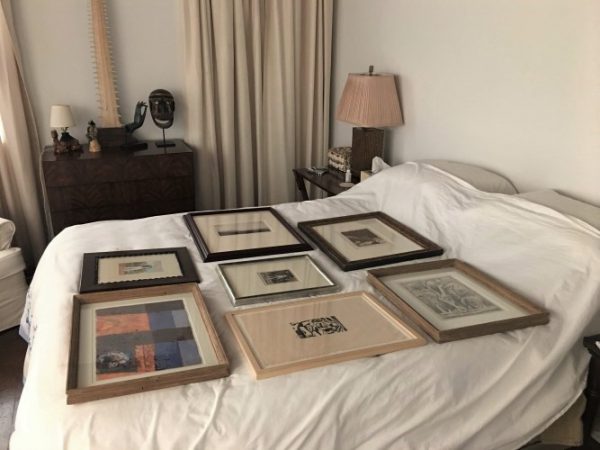 Temporarily Storing Artwork: A Case Study
Temporarily Storing Artwork: A Case Study
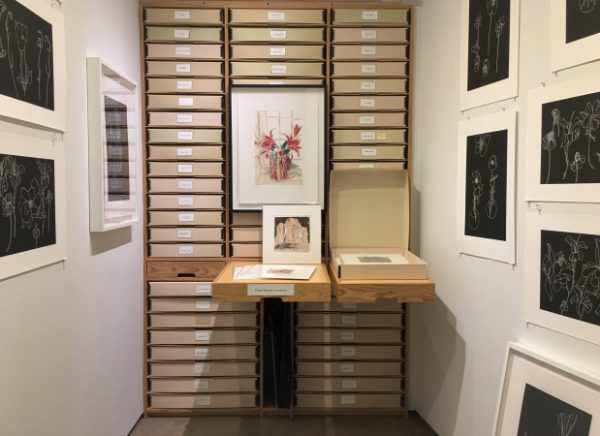 Four Artwork Storage Solutions
Four Artwork Storage Solutions
 Hanging and Framing FAQ’s
Hanging and Framing FAQ’s
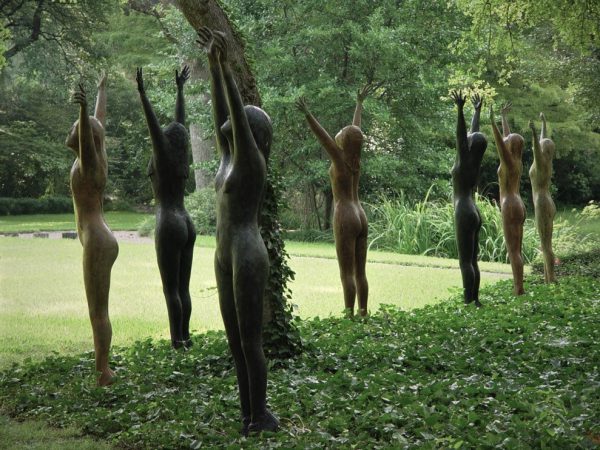 Siting Sculpture, Part One: Overview
Siting Sculpture, Part One: Overview
 Siting Sculpture: Part Two, A Case Study
Siting Sculpture: Part Two, A Case Study
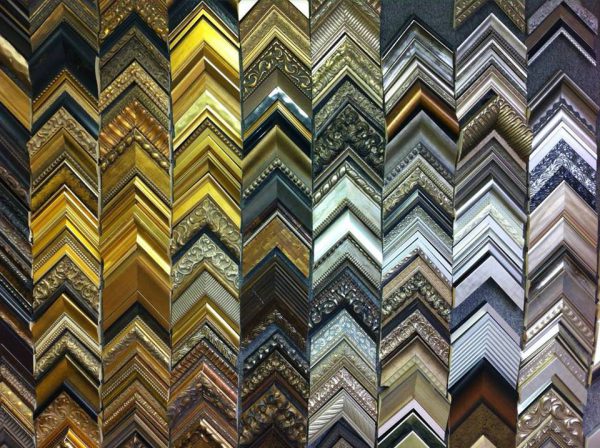 The Importance of a Proper Frame
The Importance of a Proper Frame
 When to Use UV Control Glazing
When to Use UV Control Glazing
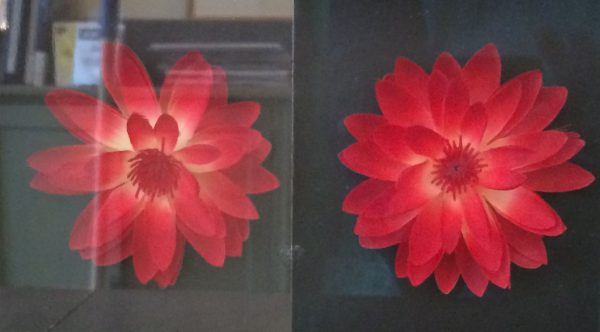 Reflection on the Problem of Reflections
Reflection on the Problem of Reflections

